Recently, adHOME took a closer look at what makes us and the audience tick when it comes to successful advertisements. We were both surprised and not surprised to find that fear actually plays one of the largest roles in persuasive advertising.
So, we wanted to take an even closer look at where this fear comes from that drives us to take action and what types of fear advertising we are being exposed to; each paired with some lovely chilling examples, of course.
The Culture of Fear & Fear Appeal
Where does this fear stem from that makes a fear-based advertisement so convincing?
If you’ve taken a high school history class, then I’m sure you’ve heard of the Culture of Fear. Though a Culture of Fear is usually referred to in a political sense (take Trump and his political campaign speeches for example) fear culture plays a huge role in our everyday lives and advertisers have found a way to bank on that via Fear Appeal.
What exactly is Fear Appeal advertising?
Fear appeal advertising is based on a persuasive message that emphasizes the potential dangers and harm that will befall individuals (in this case, the audience) if they do not adopt the messages’ [or adverts] recommendations.
There are actually very few circumstances where Fear Appeal ads are not effective and according to a study done at the University of Illinois, there are no identifiable circumstances where fear-based advertisements backfire and lead to undesirable outcomes.
But that doesn’t mean you can just go out there terrifying your audience willy-nilly. Two researchers Pratkanis and Aronson wrote a study called The Age of Propaganda and theorized that fear-based advertising is most effective when it meets all three of these criteria:
- When the ad evokes fear or concern
- When it offers specific ways for overcoming the fear
- When the recommended method for overcoming the fear is easy to achieve
So, now that we’re familiar with what Fear Appeal is, we wanted to identify a few types of fear-based advertising and pair them with visual examples. Let’s dive in and get scared into buying something, shall we?
Dread of Risk
The first and more prominent fear appeal tactic is the Dread of Risk. This tactic plays on the idea that if you do not heed the message in the advertisement, and take the recommended action, there will be a negative impact on your life.
One of the most famous advertisements for this was the Daisy Girl campaign. In the 1964 American Presidential election, Republican candidate Barry Goldwater campaigned on a right-wing message and talked of making large cuts to social programs and about using aggressive military action.
His campaign even suggested a willingness to use nuclear weapons. So, Lyndon B. Johnson, the Democratic candidate, capitalized on this in his ad by implying Goldwater would willingly wage a nuclear war, which would cause the worst impact of them all. Death.
The Daisy Girl campaign was designed to capitalize on Goldwater’s pro-war stance and his views of willingly using nuclear weapons, scaring the audience into voting the other way.
This highly controversial Daisy Girl campaign was created by Tony Schwartz of Doyle Dane Bernbach and is not only considered an important factor in Johnson’s landslide victory over Barry Goldwater but also marked an important turning point in political advertising history.
War Propaganda
Apart from the Daisy Girl campaign, some of the most popular examples of dread of risk ads are War Propaganda posters. As mentioned above, one of the most effective ways to make fear-based advertisements work is to offer a specific way to overcome the fear.
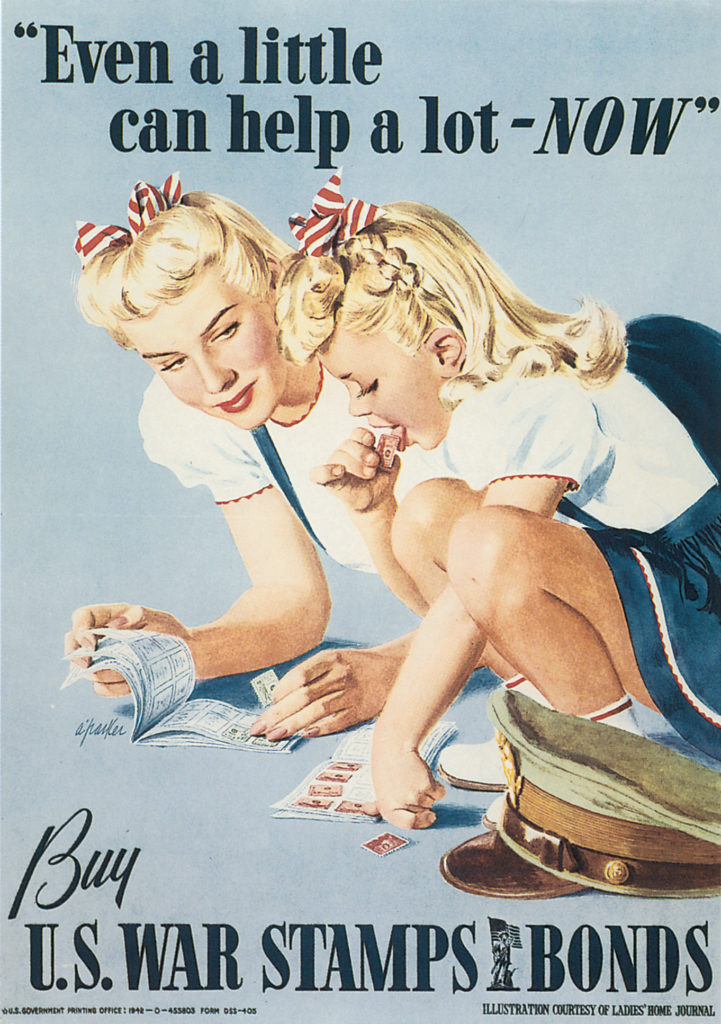
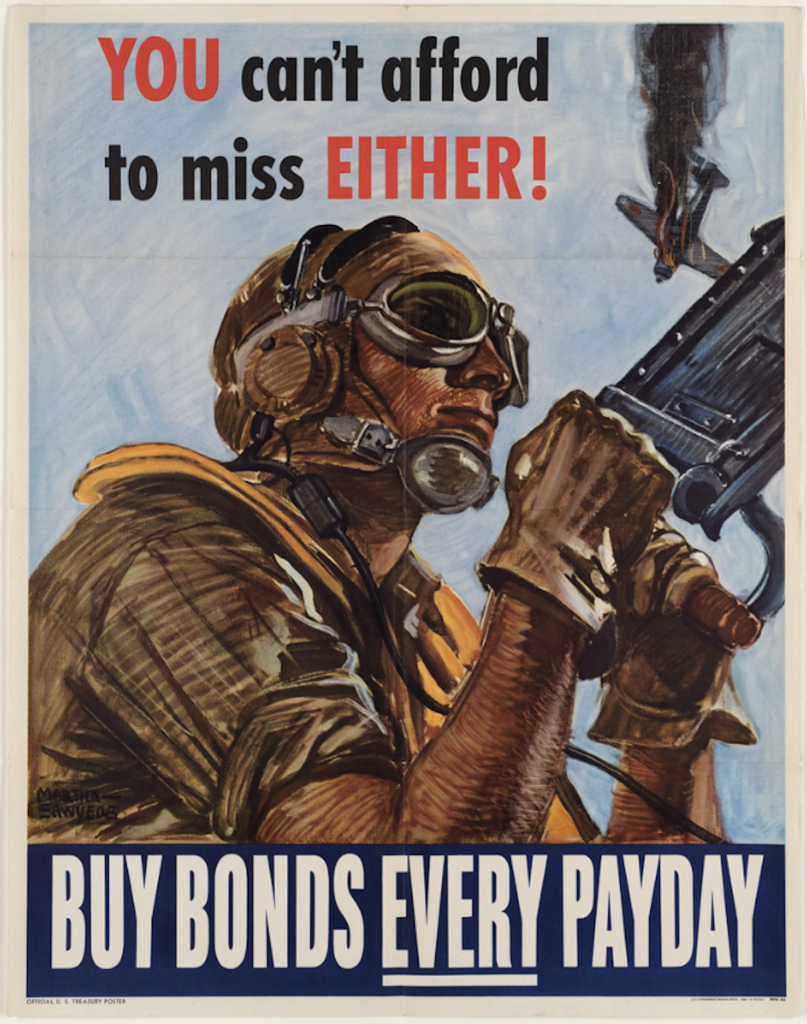
Many of these ads induced fear in their audience in order to encourage and persuade them to buy war bonds. By buying war bonds, they were ultimately helping their military, which gave them a “sense of purpose” and allowed people to feel like they were able to help war efforts and prevent something bad from happening, even if they couldn’t join the military directly.
Or, take this Jordan Airlines ad, for example.
Clearly a dread of risk ad, as the man is scared to fly because of discrimination, it shines a light on the fear by offering a welcoming and accepting environment (Jordan Airlines).
Though the focus of all of these ads was to have the audience take a certain action to benefit the advertiser, not all fear-based ads encourage the audience to make a monetized action.
Dread of Risk but Different
Such is the case with these public safety and health ads! (We’ll spare you from the really scary ones like: “Aids makes us all equal” and “Meth, not even once.”)
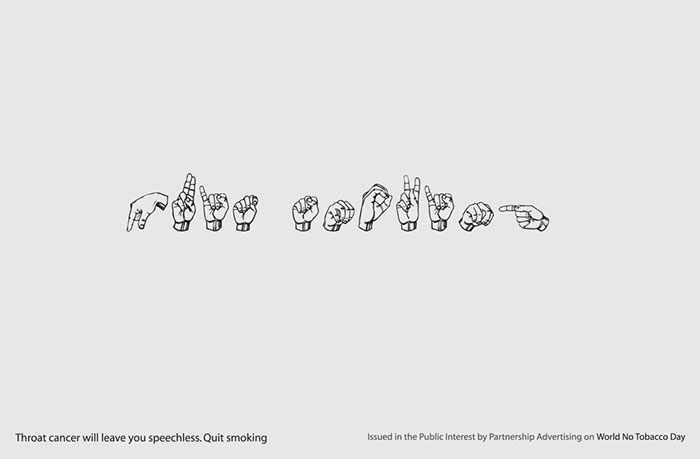
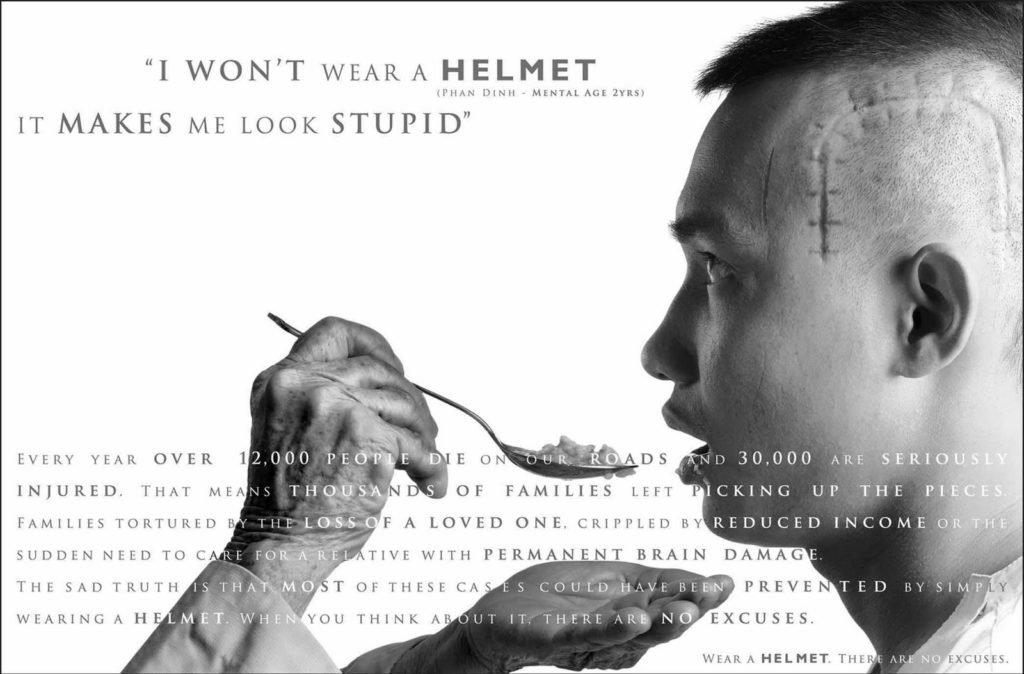
Though they are terrifying, these ads aren’t trying to sell you a product, but attempting to make you more aware of the risks of certain things throughout your everyday life.
FOMO: The Fear of Missing Out
Nothing causes someone to take action, even when they’re already “in for the night” and cuddled up in their jammies, quite like the fear of missing out. Advertisers know this feeling well and know that FOMO is another one of the most convincing advertising styles for their audiences.
We see this fear of missing out advertising style almost everywhere we look, whether it be online or while walking down the street. For example, take the fashion industry and their micro seasons. The micro season was designed to make people feel like they’re going out of style, so they must keep up and buy the latest styles; or when fashion ads are paired with the messaging “Get the Hottest Trends”
Or, take this Samsung commercial, where they take the literal message of don’t fear missing out when you have this new Samsung washing machine.
An advertiser can evoke the fear of missing out in their audience by simply letting them know how much is left in stock on a certain product they’ve been thinking about buying; or by using messaging like: “time is running out!” “don’t miss out”
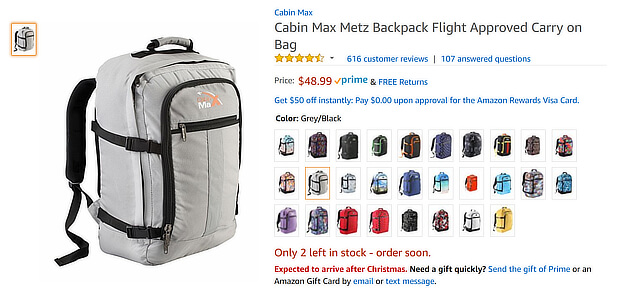
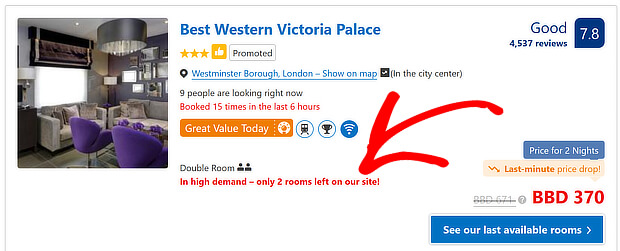
So, when it comes to the heavy hitters in fear appeal advertising, Dread of Risk and Fear of Missing Out are two of the biggest. But it doesn’t end there. Let’s take a look at a few of the tactics we don’t see on a day-to-day basis.
The Fear of Change
This tactic aims to create the fear that if something is not done/accomplished/changed, the future will be a much worse place because of it, These ads tend to focus on big-picture concepts like climate change. Like in this Act on CO2 ad.
This video is more directed toward parents and children, scaring both generations into acting now to make a better tomorrow. For the parent, it demands that they try to leave a better future for their children and for the younger audience it instills fear in order to persuade them to start making changes now to help prevent any further damage to the planet.
The Fear of Failure
This tactic is pretty straight forward and aims to make the audience feel as though they will fail or be a failure if they do not heed and take action based on the advertisement’s message.
This is one of the rarest types of advertising, and we don’t necessarily see it every day unless we’re either a parent, unemployed, or a student. This Grammarly commercial is a good example.
Though this ad is just aimed at students, Grammarly also has a resume, professional writing and creative writing ads aimed at making the audience feel that without Grammarly their writing ability just isn’t up-to-par and leaves the potential for failure.
Last But Not Least
[And not necessarily a real one] Straight up …threat tactic?
While searching through the internet for some interesting advertising examples, we stumbled across this very old, comical, Wilkin Coffee commercial that uses threat tactics to “scare” their audience into buying their coffee. Though we know this isn’t really the case, we found it quite funny and thought we’d end on a lighter note.
In 1957, Jim Henson was approached by a Washington, D.C. coffee company to produce commercials for Wilkins Coffee. The local stations only had ten seconds for station identification, so the Muppet commercials had to be lightning-fast. They ended up being eight seconds for the commercial pitch and a two-second shot of the product. The ads starred the cheerful Wilkins (who is an original concept for Kermit the Frog) and the grumpy Wontkins.
In these commercials, Wilkins often does serious harm to Wontkins because Wontkins doesn’t appreciate Wilkins Coffee. These fun little ads imply that “terrible things just seem to happen to those who don’t drink Wilkins.”
Now that you’re more familiar with fear-based advertising, is there an ad that you’ve experienced in the past that you believe could fall under one of these categories?
Let us know in the comments below.